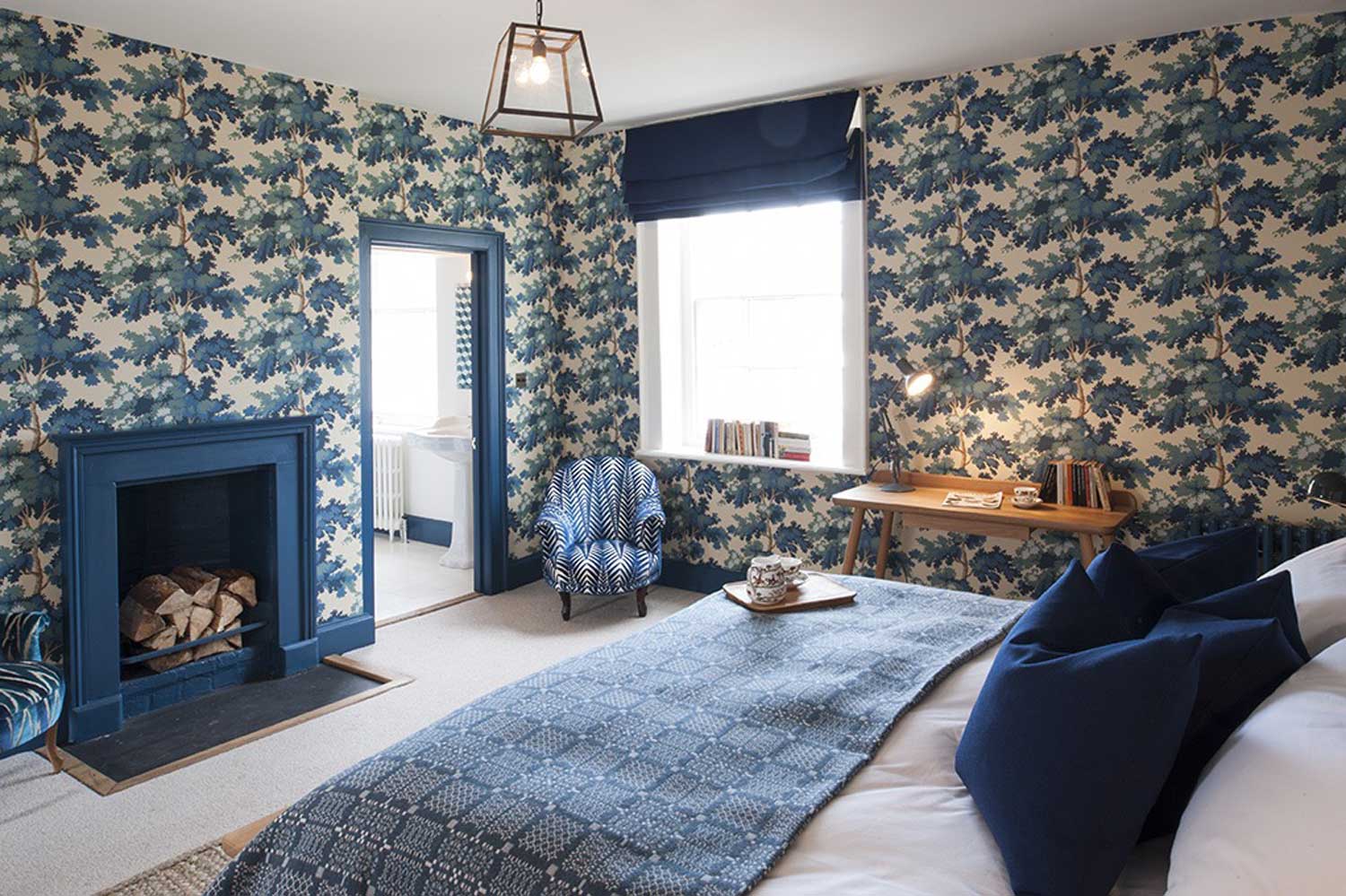Mixing and matching patterns in home decor is a fantastic way to bring some depth, personality, and visual interest to any room. Used well, it can tie a room together and add style. Here’s how to pattern mix like a pro:
Start with a Base Color
Start with a consistent color scheme to mix patterns so they work. Select a single base color that will run through all of the different patterns in the room. This color should be the common factor, the one thread holding everything together so that the patterns are harmonious and not in conflict. There are many ways to bring in this base colour with your walls, large furniture and primary textiles.
Vary the Scale of Patterns
One of the “rules” for mixing patterns is the principle of changing the scale. This involves layering patterns of different scales to ensure harmony. Combine larger-scale patterns with smaller ones so they won’t vie for focus. For instance, a big floral print may look good with a small polka dot, or a thin stripe. Different scales give a visual interest without being too overwhelming visually.
Use Different Types of Patterns
When you mix in different kinds of patterns it makes the room more interesting. Pair geometric motifs like stripes or chevrons with organic patterns like florals or ikats. You can also mix ethnic prints with modern patterns for a daring look. The harmonious and “new” complement of the two pattern types may produce some interesting visual effects.
Find a Pattern Link
Create unity by seeking similarities among patterns. This could be a common form, resembling color ranges, or repeating pattern. If you can have one thing in common among the patterns it will make the room not look too choppy. For example, if similar circular elements are present in several patterns, they will be combined naturally.
Balance Bold with Subtle
When you’re choosing bold prints, temper them with slightly more subdued designs to prevent a too-busy room. One way to maintain that equilibrium is by using eye-catching patterns on larger surfaces such as rugs or wallpaper while keeping smaller surfaces like cushions or throws more muted. So a geometric rug would be balanced perfectly with more subtly patterned cushions.
Add Solid Colors
Solid colors are essential for pattern mixing as they provide visual relief. Use solids to ground the space and give the eye a place to rest. This can be done with furniture, drapes or simply painted walls. Solids help to feature the patterns and make a unified statement, which helps to keep the room from looking too scattered.
Layer Textiles
Another way to bring in more than one pattern is through layers. Begin by layering larger items such as rugs and curtains, followed by smaller elements such as cushions and throws. It gives the decor a sense of depth and richness. When layering make sure there’s a strong enough variation in texture and pattern scale that the layering remains interesting.
Think About the Room’s Function and Feel
The function of the room and the vibe you want in that room will inform your pattern choices. For a lively, energetic room like a living room, try fun, colorful and contrasting pattern combinations. Inora Design In a relaxing bedroom, however, we’d prefer more muted patterns and softer tones. The patterns should complement the atmosphere that you would like in your room.
Experiment and Trust Your Instincts
Don’t hesitate to mix up patterns until you land on one that suits you. Interior design is subjective, so don’t feel you have to follow the rules. Spread out samples of multiple patterns and see how they work together before applying them to the whole space. And this trial and error process can result in unexpected and joyful things.
Use Accessories Wisely
Patterned accessories, such as lampshades, artwork and vases, can help to bring the different pattern elements in the room together. These little pieces can repeat patterns from other places and add to the sense of unity without needing to compete with the major design elements. Accessories are a simple and versatile method to incorporate patterns that can be swapped out seasonally, or as you taste changes.
Conclusion
Design By Blissing Decorating with Pattern: How To Mix and Match Your Patterns Like a Pro Print Mixing has the balance of creativity and cohesion, with a dash of experimentation. Stick with a consistent color scheme, vary the scales of the patterns, and try to combine types of patterns to give the room a stylish and welcoming look. You do want to remember that this is to create a room of your style not to undo the whole look. Be instinctive, be bold, and enjoy making an enviably patterned mess.
